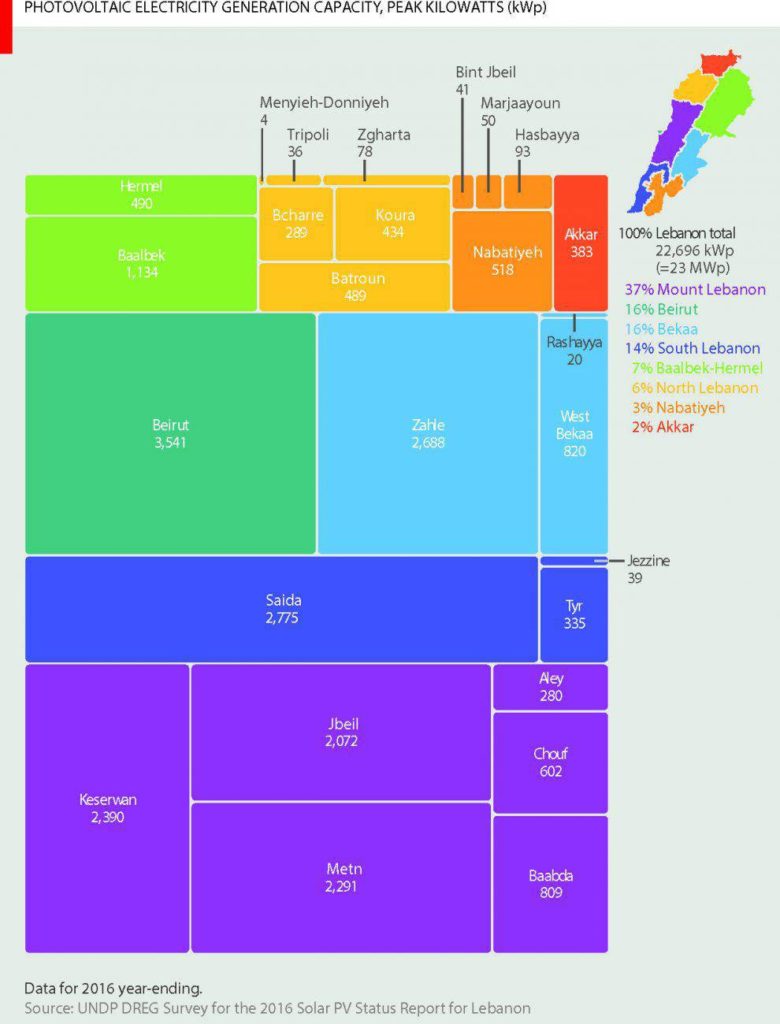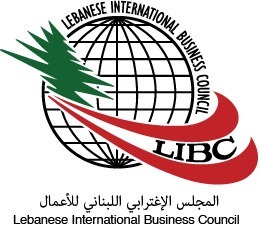Lebanon In need of new energy

The plan is to build 12 solar plants across four districts of Lebanon—three each in South Lebanon, Mount Lebanon, the Bekaa Valley, and North Lebanon.
Recover your password.
A password will be e-mailed to you.
The plan is to build 12 solar plants across four districts of Lebanon—three each in South Lebanon, Mount Lebanon, the Bekaa Valley, and North Lebanon.
Recover your password.
A password will be e-mailed to you.


Comments are closed, but trackbacks and pingbacks are open.